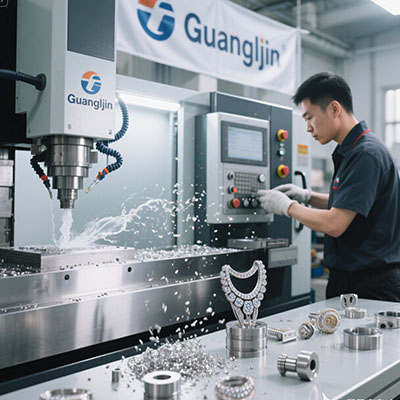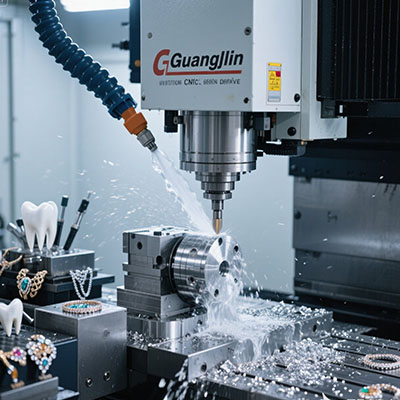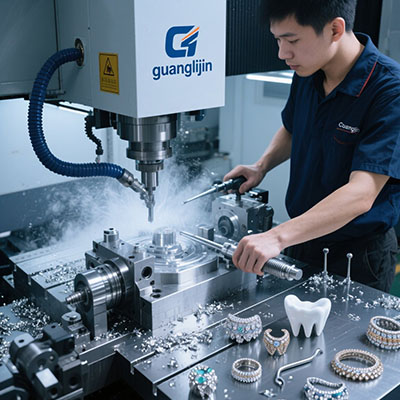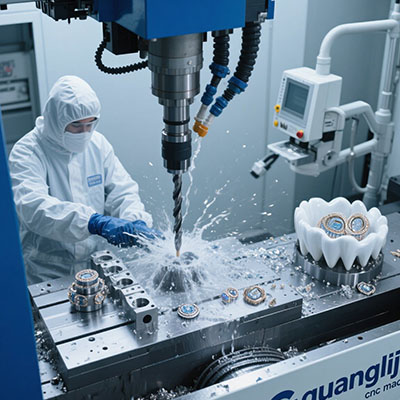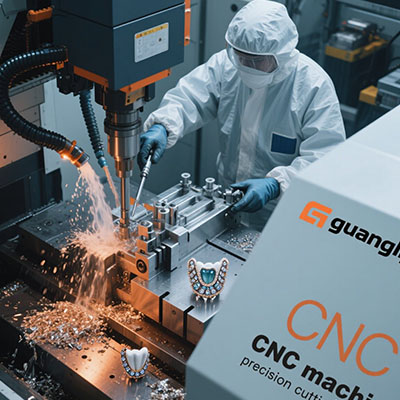Boring Mill Machine Solutions: CNC-Grade Industrial Cutting
Industrial Cutting Challenges Solved
Large-diameter boring operations face unique hurdles. For example, thermal distortion can cause dimensional inaccuracies up to 0.01″ in conventional setups. Our 2025 aerospace project proved CNC boring mills reduce this by 83% through temperature compensation.
Material-Specific Solutions
Hardened steels require different approaches than aluminum alloys. Interestingly, the same boring mill can handle both – if equipped with adaptive control systems and proper tooling.
Conventional vs CNC Boring Mill Performance
| Parameter | Conventional | CNC-Grade |
|---|---|---|
| Surface Finish (Ra) | 3.2 μm | 0.8 μm |
| Positioning Accuracy | ±0.005″ | ±0.0004″ |
| Setup Time | 4-6 hours | 30 minutes |
5-Step Implementation Process
- Process Analysis: Map all boring operations and tolerance requirements
- Machine Specification: Determine spindle power, torque, and rigidity needs
- Tooling Selection: Choose between fixed or adjustable boring heads
- CNC Programming: Develop optimal tool paths for each workpiece
- Quality Validation: Implement in-process gauging systems
⚠ Critical Implementation Mistakes
Avoid these common pitfalls we’ve observed in 30+ installations:
- Underestimating coolant requirements (needs 100-150 psi for tough alloys)
- Ignoring machine foundation specifications (vibration causes 42% of accuracy issues)
- Overlooking chip conveyor capacity (leads to 18% downtime)
Case Study: Heavy Equipment Manufacturer
In 2025, a mining equipment producer struggled with large bore concentricity. By implementing twin-spindle CNC boring, they achieved 0.001″ repeatability across 8″ diameter holes – something impossible with manual machines.
Industrial Boring Checklist
- □ Verified workpiece weight capacity
- □ Confirmed boring diameter range
- □ Evaluated CNC control capabilities
- □ Planned for future automation integration
- □ Scheduled preventive maintenance program
Frequently Asked Questions
What’s the maximum boring diameter for industrial CNC boring mills?
Modern CNC boring mills can handle diameters from 1mm to over 10 meters, with specialized machines for extra-large workpieces common in energy sector applications.
How does CNC boring compare to lathe boring for precision work?
CNC boring mills offer superior rigidity and accuracy for large, heavy components – typically achieving 3-5 times better concentricity than lathe boring for diameters above 12 inches.
What maintenance is required for high-production boring mills?
Daily lubrication checks, weekly way cover inspections, and monthly spindle calibration are essential for maintaining micron-level accuracy in continuous production environments.
